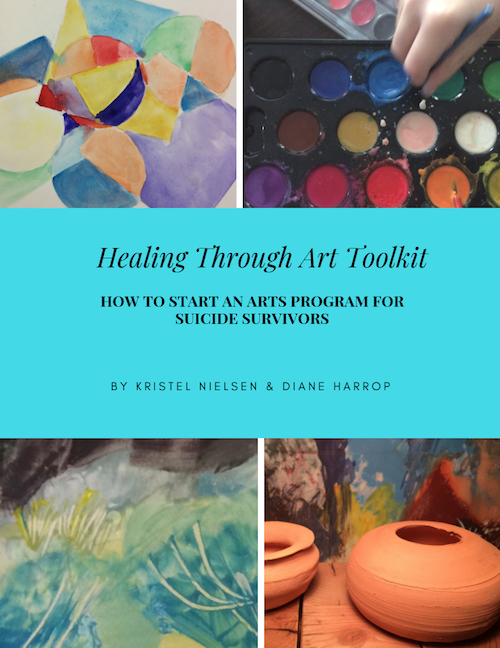HEALING THROUGH ART TOOLKIT:
How to Start an Arts Program for Suicide Survivors
It all started with a discussion at ART 321 – the home of The Casper Artists Guild in the spring of 2017 between staff members and volunteers who were in anguish over hearing that another young person in Casper, Wyoming had taken his own life.
This kind of sad news was becoming much too common and, as artists who know first-hand that the arts have the power to soothe and heal troubled souls, we felt more could be done by our organization to reach and help individuals struggling with depression, anxiety, and related mental health issues.
As an experiment, we reached out to ART 321 members and asked for volunteer instructors and donated art supplies so that we might hold Healing Through Art open studio sessions each Tuesday morning during August of 2017. The plan was to invite members of the community who have been affected by suicide to come in for free art sessions with all supplies provided. According to ART 321 Executive Director, Diane Harrop, “We partnered with the Natrona County Suicide Prevention Taskforce and local mental health professionals and got a great level of response that prompted us to refine and improve our Healing Through Art open studio sessions in 2018.”
Casper Star Tribune’s Arts & Culture reporter, Elysia Conner, came to one of the early sessions and wrote a terrific article that was then picked up by some national media outlets including USA Today. This was all a surprise to Harrop, who began fielding calls from across the US from people wanting to know more about ART 321’s Healing Through Art program components and looking for advice about how to start a similar program. That is how Diane and Kristel Nielsen first became acquainted.
Nielsen was then a grad student at Arizona State University, who went on to receive some seed money from a social enterprise fund at ASU to start a program that she now calls Your Art Your Story, which aims to shed light on the devastating effects of suicide on families and communities. In creating her arts-based program, Kristel has found a willing partner in the Arizona Artists Guild. “Tess Mosko Scherer and the outreach team at Arizona Artists Guild were already doing art programs with other groups. The Artist Guild generously offered their space and art supplies. Artist volunteers stepped forward to support suicide survivors in our community. They have proven to be an amazing partner!”
The more Kristel and Diane talked, the more they became convinced that they should collaborate, share the value of what they had learned themselves through trial and error and create a free toolkit that could be used by other individuals and groups wishing to start their own programs.
Creative expression can take any form, but it represents a unique way for people affected by trauma to work through painful emotions. “Creating art has a calming effect on the brain and helps us relax and feel better,” Nielsen said. Harrop added, “We have seen first-hand that art has the power to improve individual lives and enhance entire communities.”
The 24-page Healing Through Art toolkit includes descriptions of three different model programs, details and suggestions for holding a successful Art Meet-Up, some simple art project ideas, a basic supply list, templates for sign-up sheets and other additional resources.
The toolkit was published in December of 2018 and licensed under a Creative Commons Attribution which allows free use and invites users to share information about how they are using the publication as well as any enhancements or adaptations they make when designing their own programs. Anyone can download this document from https://www.yourartyourstory.org/toolkit/.


